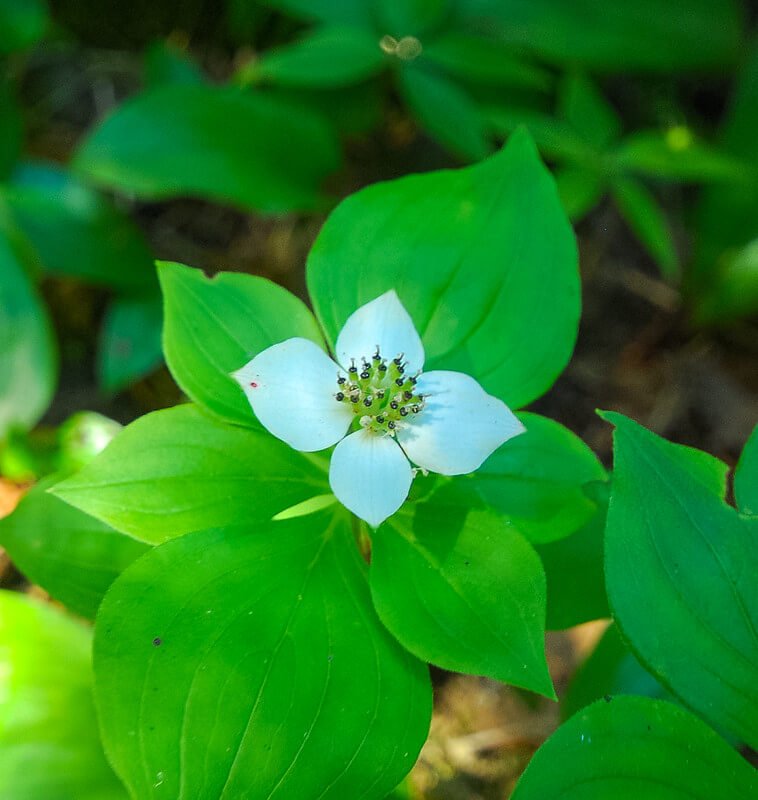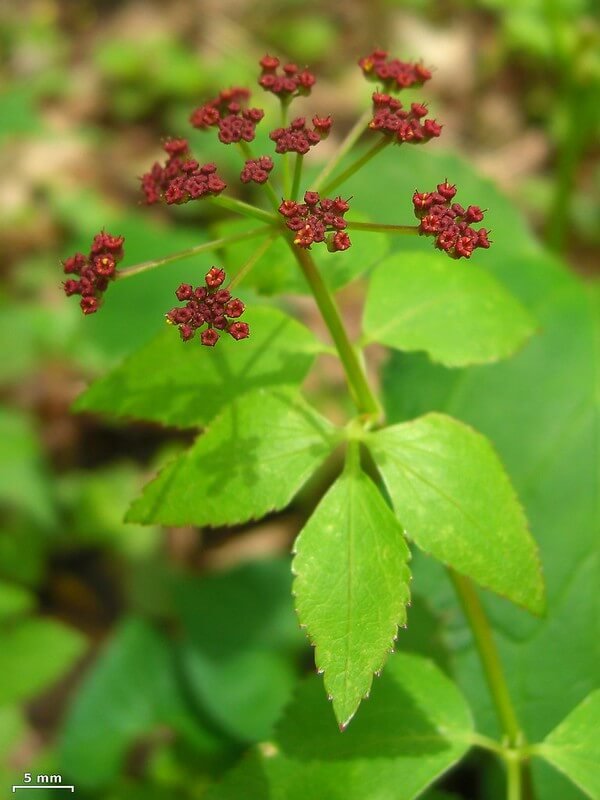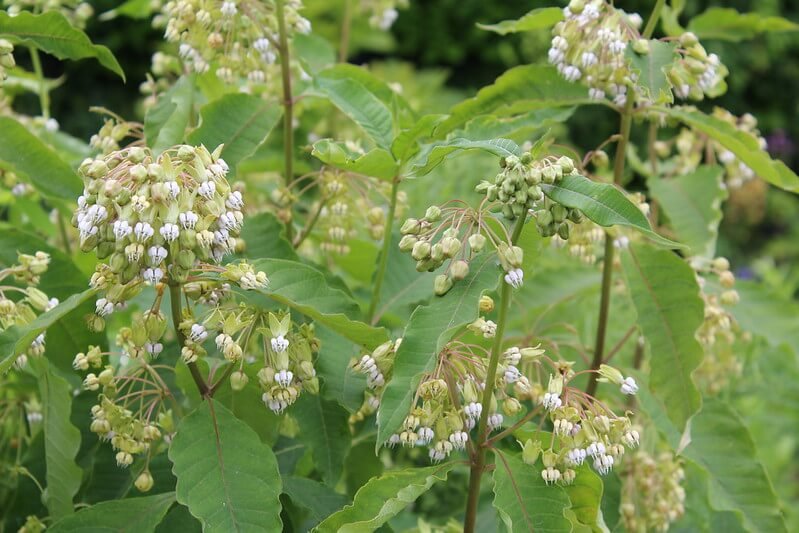Bunchberry (Cornus canadensis)
Bunchberry, aka Creeping Dogwood, is an excellent shady ground cover with unique leaves, bright white flowers, and berries. It is the host to three specialist bees and possibly 4 moths in our area (Johnson and Colla, 2023). From what I understand, the berries are edible, but bitter, best left for the birds and small mammals. Apparently, the flowers have an appendage that, when touched by insects, releases the pollen in an explosive blast (Johnson and Colla, 2023).
Photo credit: Joshua Mayer
Bunchberry, aka Creeping Dogwood, is an excellent shady ground cover with unique leaves, bright white flowers, and berries. It is the host to three specialist bees and possibly 4 moths in our area (Johnson and Colla, 2023). From what I understand, the berries are edible, but bitter, best left for the birds and small mammals. Apparently, the flowers have an appendage that, when touched by insects, releases the pollen in an explosive blast (Johnson and Colla, 2023).
Photo credit: Joshua Mayer
Bunchberry, aka Creeping Dogwood, is an excellent shady ground cover with unique leaves, bright white flowers, and berries. It is the host to three specialist bees and possibly 4 moths in our area (Johnson and Colla, 2023). From what I understand, the berries are edible, but bitter, best left for the birds and small mammals. Apparently, the flowers have an appendage that, when touched by insects, releases the pollen in an explosive blast (Johnson and Colla, 2023).
Photo credit: Joshua Mayer
Life Cycle: Perennial
Sun Exposure: Partial, Shade
Soil Moisture: Medium, Medium-dry
Height: 4-8 inches
Plant Spacing: 6-12 inches
Bloom Time: May-July
Bloom Color: white
Advantages: Pollinator Favorite, Great Landscape Plant
Host: Possibly 4 species of butterflies and moths use this as a caterpillar host plant in our area (Johnson and Colla, 2023)
Specialist Bee: Andrena fragilis, A. persimulata, and A. platyparia (Johnson and Colla, 2023)
Resource: Johnson, Lorraine, and Sheila Colla. A Northern Gardener’s Guide to Native Plants and Pollinators: Creating Habitat in the Northeast, Great Lakes, and Upper Midwest. Island Press, 2023







